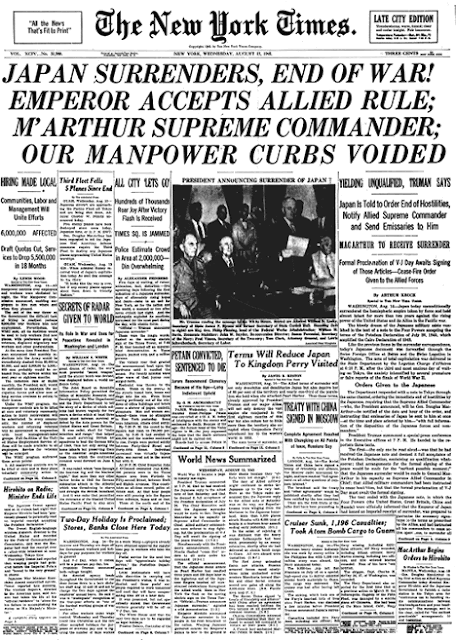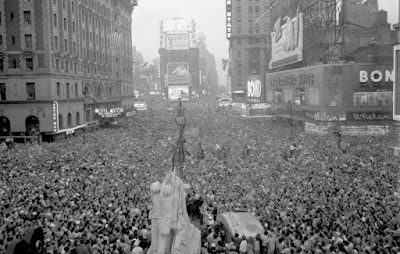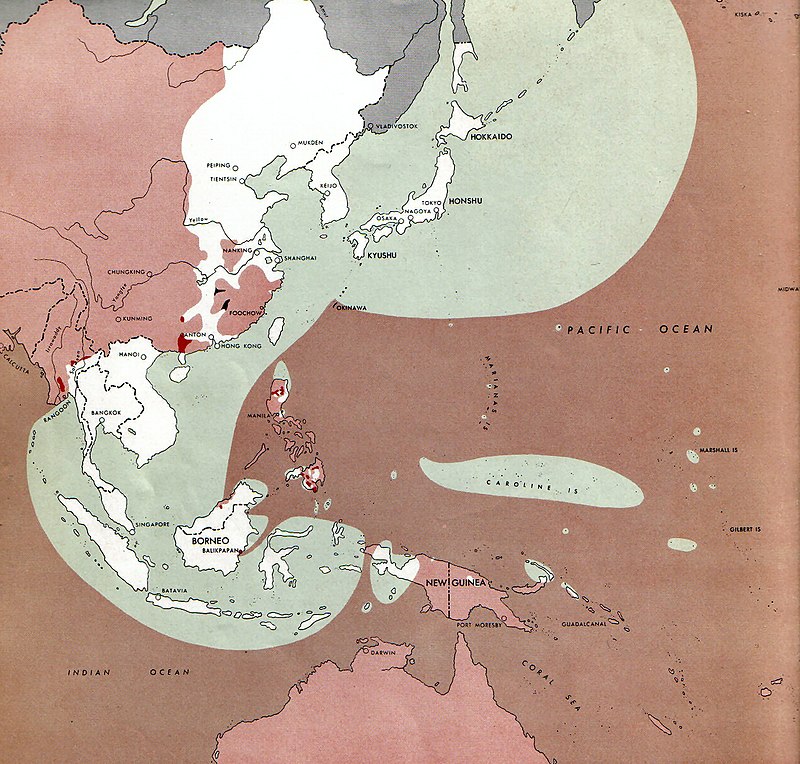Following
the end of the War in Europe, the 10th Armored and my dad's attached
80th Medical Battalion were stationed in the Bavarian Alps region of
Garmisch-Partenkirchen. Nichols wrote:
No one could
deny that this phase of life in the European Theater of Operations was
in vivid contrast to the days of combat which ended only a few short
weeks before. The not-so-strenuous duties of Occupation ... For the
first time, the lights were turned on, ending the hated blackout.... The
Tigers of the Tenth were fortunate indeed in being assigned to one of
the most strikingly beautiful areas in all Europe.
Later in May the first of the Tigers began to be rotated home. Most stayed and new troops were rotated in to await orders home.
The
billets were good, the food improved, duties were anything but
strenuous and the opportunity for play had no limits. ... The "Tiger's
Lair" provided every comfort and convenience imaginable for the Tigers.
In short, this place was paradise recovered.
The ISO
brought entertainment; sports competitions were arranged across Europe;
plush hotels were opened with nightclubs, golf, riding skiing sailing
all becoming almost commonplace. The Bavarians were pleased with the
tourism as the greater Garmisch area became the recreations area for the
Third Army and served the entire European Theater.
My
Dad was stationed in Ingolstadt, a city about 50 miles north of Munich,
located on the Danube River. He sent some postcards back to his family.
Most had no writing; I am assuming the letters that accompanied them had
the information. But some did identify the places he was staying.
This
one is of the school along the Danube. He tells his mother that the
school isn't in as good a shape as the picture shows since it was hit a
few times with bombs and the bridge was destroyed and a footbridge
replaced it.
This
one is an aerial view of the area with a hospital in the center. The
postcard is from a restaurant/cafe toward the right side of the picture.
Dad said that there was a lake nearby that reportedly had good fishing,
but he had to wait for a cloudy day to try it out.
The
next two pictures I am uncertain about. The first is a guesthouse and
the second of a street scene. What caught my eye in the street scene was
the name of the street: Hermann Goering Strasse.
The
note at the bottom of this picture indicates "Esch a.d. Alzet (Luxb.)
which is a city in the area where the Battle of the Bulge was fought. It
may be that this got into the package of the few postcards that have
remained over these 70 years from my Dad's time in Europe. I put it here
since this is where I am presenting what I have from his pictures.
Here,
though, is one of the business district in downtown Ingolstadt,
obviously pre-war. Dad reports that this section is all blown-up or
burned out.

Finally
for this post is a picture, not a postcard, of a group of soldiers in
front of Storchwirt. Doing some digging I found some postcards online
that describe it as a "guesthouse." The church in the background is the
Liebfraukirche, German for Church of Our Dear Lady. I zoomed in on the
group of men standing there, having a fun time, no doubt. The one on the
right is my Dad.
Included
with the picture is the note on the right from the Familie Gall. The
letter was written September 10, 1945, by which time Dad was heading
home.















